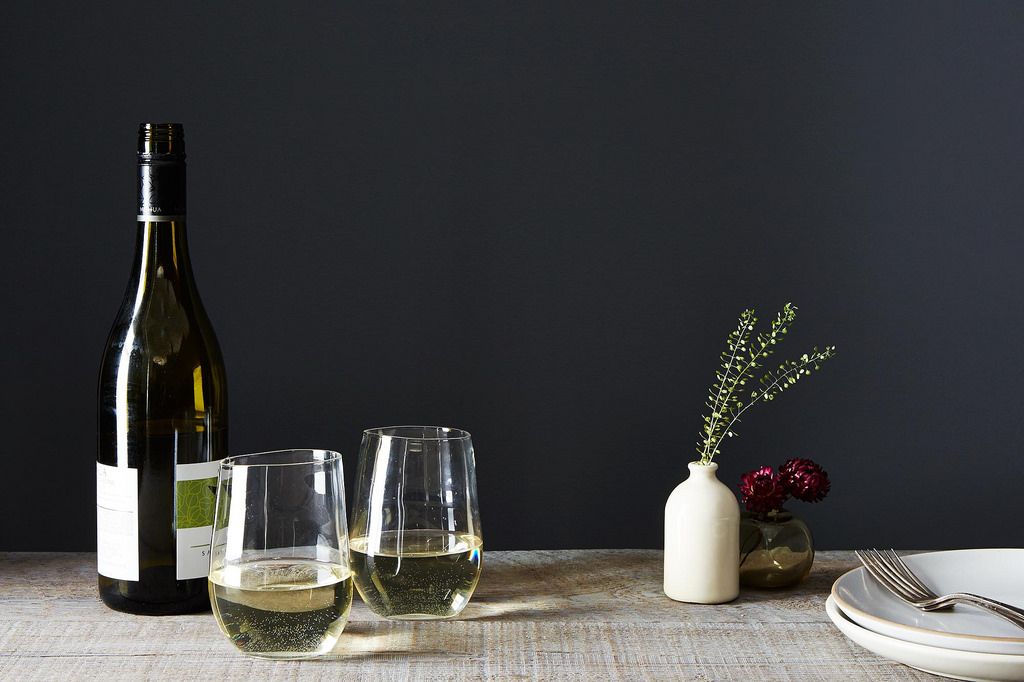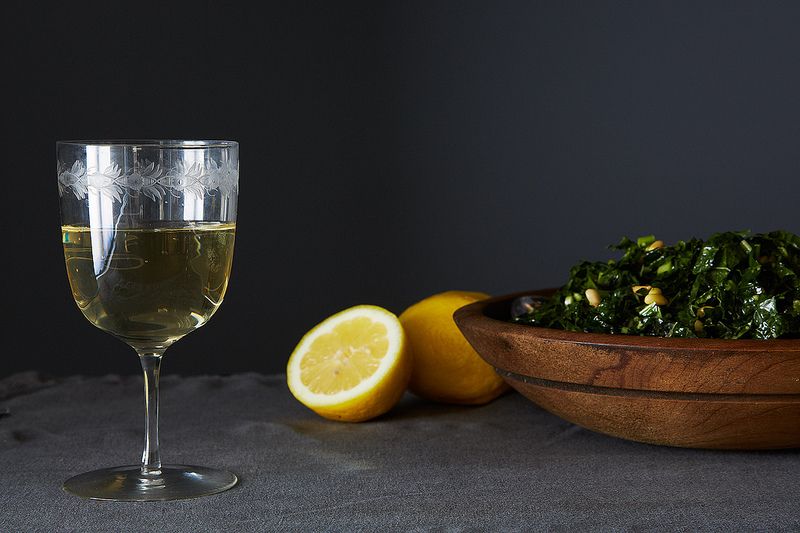Popular on Food52
9 Comments
Cathy H.
May 3, 2014
Thanks so much for your comments, Everyone! I'm really interested in this question, and in this conversation. I reached out to several friends and contacts for their opinions, and here's how it shook out: home cooks I asked, who aren't involved in the commercial production of food or wine, seemed to favor a more relaxed approach: wine and salad for them is a perfectly fine pairing. On the other hand, people who are involved in the food and wine production business were more cautious -- wine and salad could be fine, but they're more careful about the sort of vegetables in the salad. Leafy, sweet greens, for example, rather than bitter or astringent greens like arugula. A winemaker I talked to said he avoids salad whenever he's sampling wines, while home cooks I know said that wine and salad are, basically, their daily summer diet. That range of answers underscores, for me, the most basic rule of thumb when it comes to wine: that is, to drink what you like! If a wine or pairing tastes "off" to you, don't do it. If it tastes good, then go with it. It's your palate, and your choice! As interesting as the debate is, the decision in the end is yours.
ChefJune
May 2, 2014
I typically make my salad dressings with citrus juice rather than vinegar. The citrus doesn't clash with wine. Sauvignon blanc with salad is a delicious combination. One of my favorite springtime wines can only be had directly from the winemaker in Forestville, CA [www.visioncellars.com] It's a unique blend of Sauvignon Blanc and Pinot Gris that is lively and refreshing!
Cathy H.
May 3, 2014
Thank you, June! I haven't had that wine, but Sauvignon Blanc and Pinot Gris blends could be amazing... I'd be interested in your response to the salad pairing comment I just posted, above :-)
Cathy H.
May 1, 2014
I agree it isn't as typical as wine with a main course, but why not have wine with salad? Especially something crisp and refreshing like Sauvignon Blanc! What are your favorite pairings, Antonia?
AntoniaJames
May 1, 2014
Do people actually drink wine with salad? The acidity of a sharp dressing utterly destroys any enjoyment of the wine. One always serves water with salad, for that reason. I suppose that with a very low acid dressing, one might drink certain wines, but that lemon next to the wine glass in the photo made me cringe! ;o)
gmg2011
May 1, 2014
Many moons ago (read: prior to the birth of our 3 young children), my husband and I hosted wine tastings in our home for friends with a serious interest in wine (mostly serious collectors). 12 wines organized around a theme with a 4 course meal, which my husband and I prepared. We typically went for soups, pastas, etc for the first two courses, but occasionally, in a pinch a salad would appear though typically dressed a creamy, not very acidic dressing. It was never as nice a pairing as something more substantial and less acidic, but carefully matched, certainly not the end of the world. At home alone if we are having a salad as a first course we may wait on the wine…or we may not--depends on the type of day we have had ;)
Cathy H.
May 3, 2014
Thank you for this response, and what a fun theme for meals at home! Would your guests each bring a bottle or two? I wonder if we can "adopt" this idea for Food52-inspired dinners :-)
gmg2011
May 3, 2014
We typically would have 12-14 people some of whom would contribute a bottle or two depending on the theme and what they had. We would think about themes well in advance and make some strategic purchases accordingly. Some themes included vertical tastings from a single maker over many years, one type of grape form all over the world, i.e. burgundy and pinot from the Oregon, Califormia and New Zealand, all Italian or all Spanish tastings and once an all whites tasting. We would plan the menu to fit the wine menu for these dinners, not vice versa.
AntoniaJames
May 1, 2014
Wine, with salad (looking at the second photo, above)? Really? Not what I'd expect to see . . . . ;o)




See what other Food52 readers are saying.